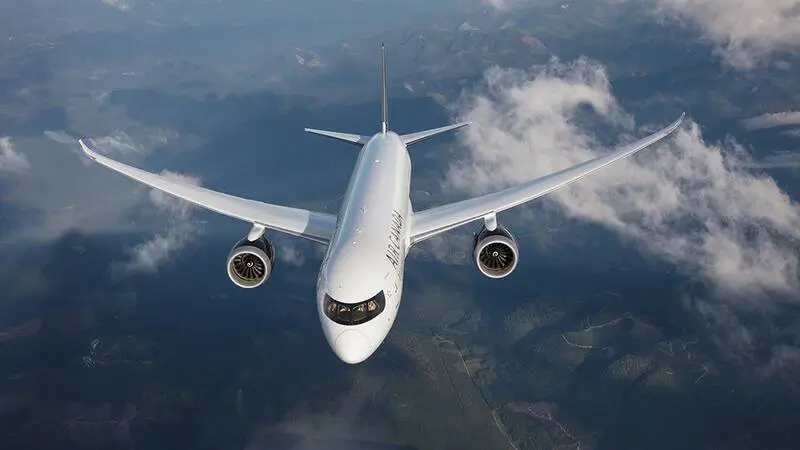As demand for long-haul travel continues to soar, airlines are adapting their strategies to meet the needs of passengers. With new aircraft deliveries experiencing delays, carriers are increasingly turning to wide-body jets, including the iconic Airbus A380, to service high-volume intercontinental routes. This shift is becoming particularly significant in a context where major global airport hubs are facing operational constraints.
One notable reactivation is that of the Boeing 767 by Air Canada, which has seen its 33-year-old fleet brought back into service. Once deemed too expensive to operate, these aircraft are being repurposed to accommodate the rising passenger volumes on transcontinental routes. This revival highlights a growing trend among airlines to maximize the utility of existing resources, thereby enhancing capacity without the need for immediate new aircraft investments.
The resurgence of wide-bodies like the A380 exemplifies how airlines are creatively addressing modern challenges. Airports around the world are grappling with increased congestion, making it essential for carriers to utilize the larger jets effectively. The superjumbo is finding renewed relevance as an operational tool, providing a solution for high-demand flights that require more seats and optimized logistics.
This strategic maneuvering is not unique to Air Canada or the Airbus A380; several other airlines are following suit by redeploying their fleets in response to market signals. As international travel rebounds, airlines are navigating a complex landscape, balancing passenger needs with operational efficiencies.
The broader implication of this trend is the potential for a quicker recovery in the long-haul sector. By leveraging older yet capable aircraft, airlines can more swiftly adjust to passenger demand without relying solely on the production and delivery timelines of new jets. This approach not only mitigates immediate capacity issues but also emphasizes sustainability practices by extending the life cycle of existing airplanes.
As the aviation industry recalibrates itself to cater to the growing appetite for long-haul travel, the strategic use of wide-bodies will play a critical role. For further insights into how airlines are navigating this new landscape and the implications for the future of air travel, click here.



